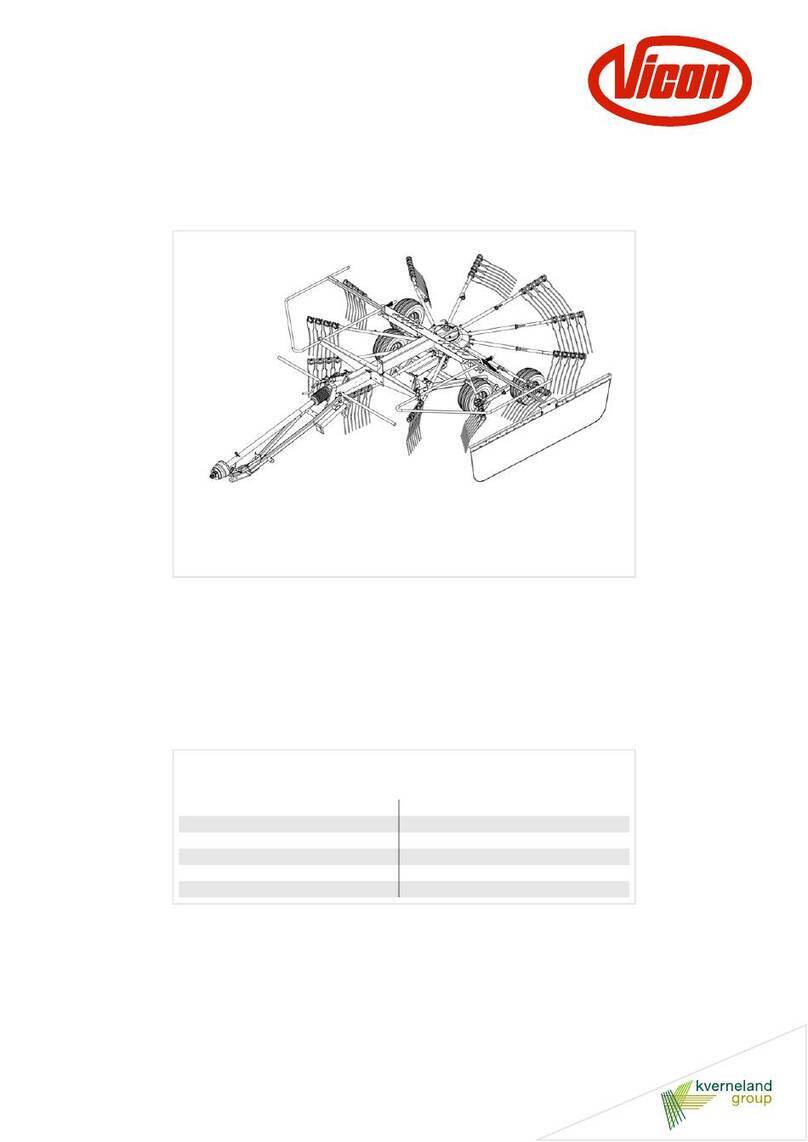Vicon Fanex 833 T User manual
Other Vicon Farm Equipment manuals
Vicon
Vicon RV 1601 User manual
Vicon
Vicon EXTRA 628 FT User manual
Vicon
Vicon Andex 714 T Vario User manual
Vicon
Vicon Extra 828T PRO User manual
Vicon
Vicon EXTRA 632 T User manual
Vicon
Vicon Extra 390 User manual
Vicon
Vicon Extra 228 User manual
Vicon
Vicon Andex 323 User manual
Vicon
Vicon Extra 117 User manual
Vicon
Vicon Extra 532 User manual
Vicon
Vicon Extra 390 User manual
Vicon
Vicon Fanex 683 User manual
Vicon
Vicon CM 299 User manual
Vicon
Vicon Andex 323 S User manual
Vicon
Vicon EXTRA 632 T User manual
Vicon
Vicon RF121 R User manual

Vicon
Vicon Andex 474 T User manual
Vicon
Vicon Andex 424 T User manual
Vicon
Vicon Andex 774 User manual
Vicon
Vicon Andex 1104 User manual
Popular Farm Equipment manuals by other brands

Schaffert
Schaffert Rebounder Mounting instructions

Stocks AG
Stocks AG Fan Jet Pro Plus 65 Original Operating Manual and parts list

Cumberland
Cumberland Integra Feed-Link Installation and operation manual

BROWN
BROWN BDHP-1250 Owner's/operator's manual

Molon
Molon BCS operating instructions

Vaderstad
Vaderstad Rapid Series instructions





















